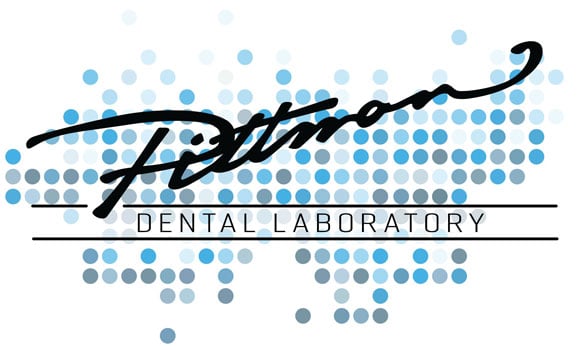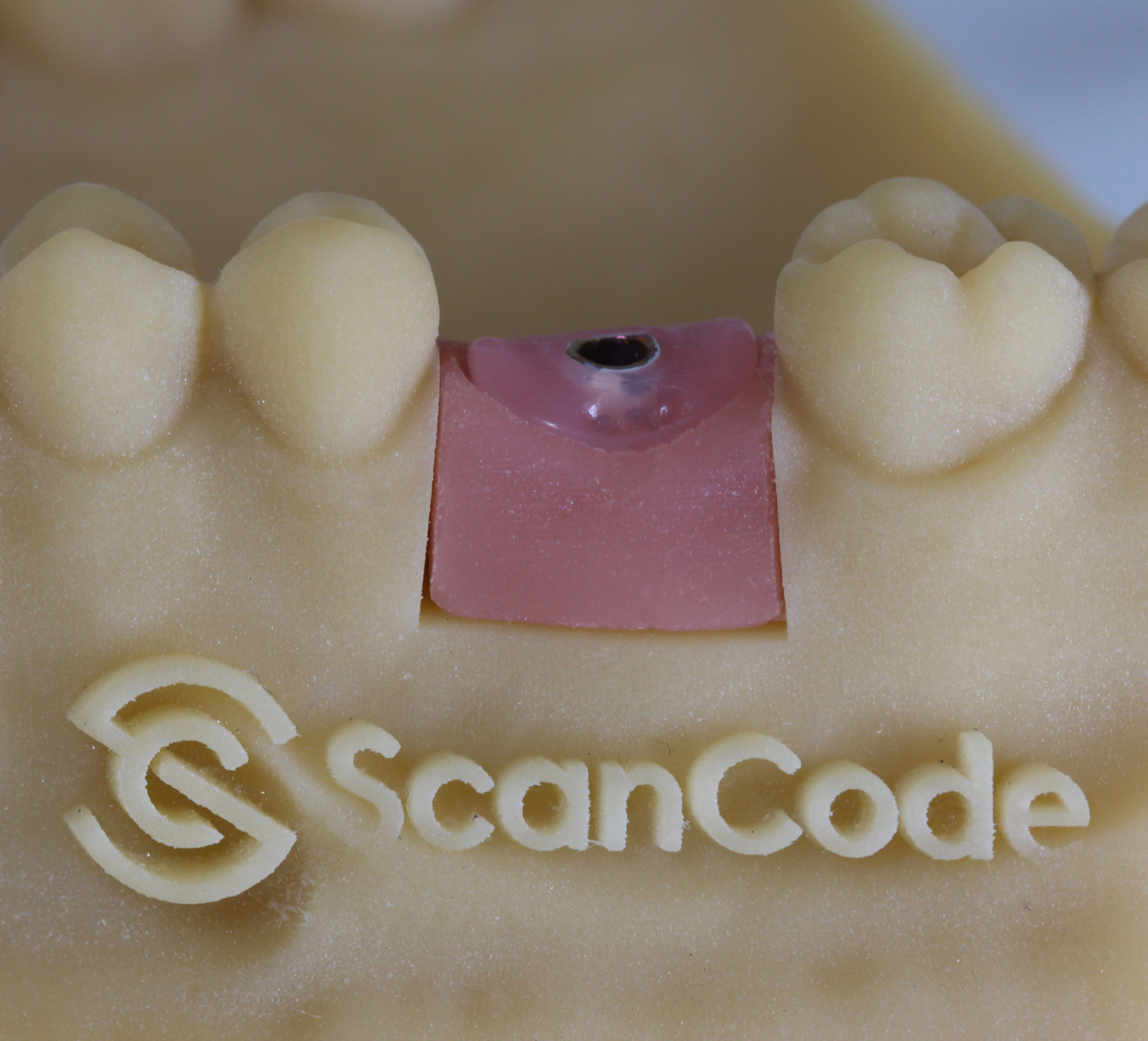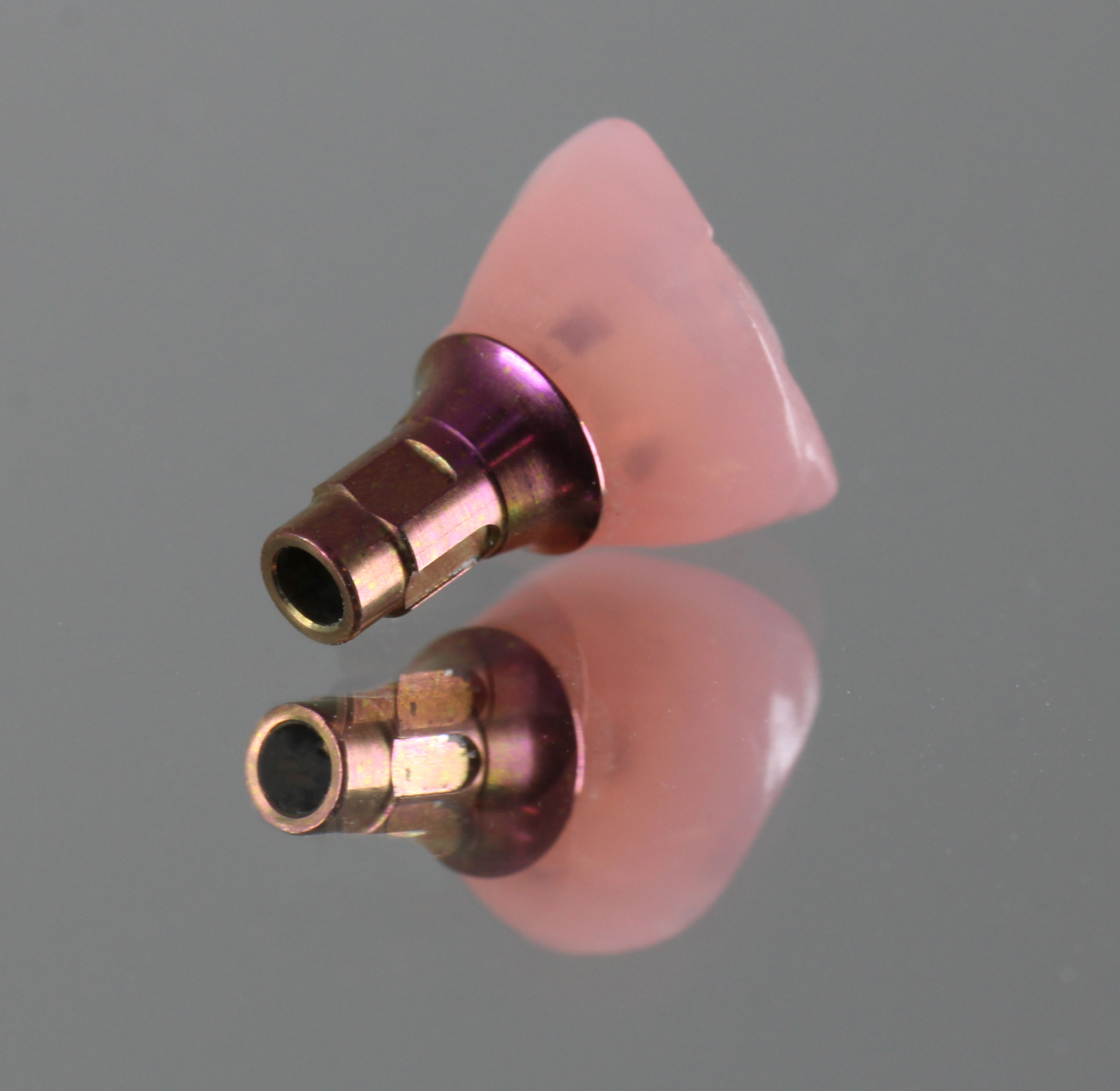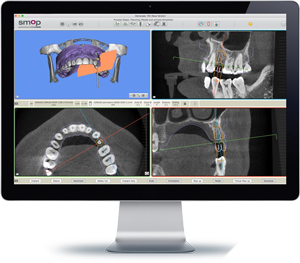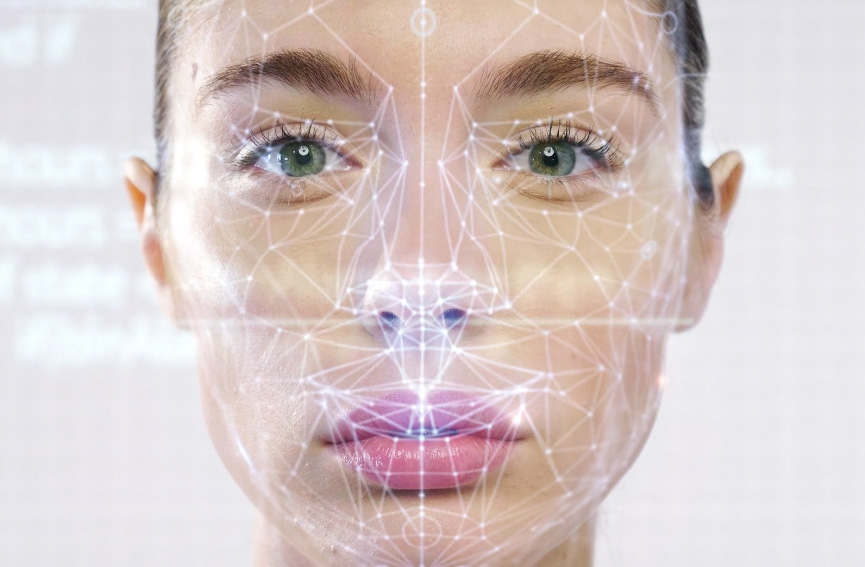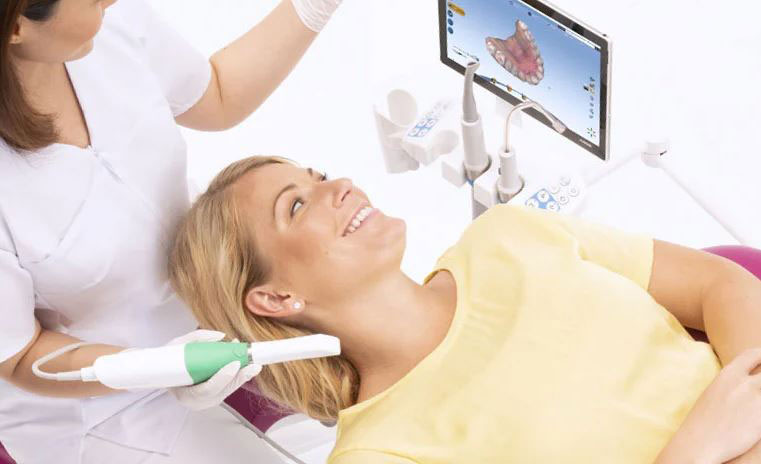Dental implants are a popular and effective choice for replacing missing teeth. However, the success of dental implants depends on a number of factors, including the healing process of the tissues around the implant. Traditional healing abutments are often round or cylindrical in shape, which can lead to challenges in achieving optimal gum tissue contouring.
Pittman Dental Laboratory Blog
ScanCode: A Game Changer in Dental Implant Healing
Topics: intraoral scanner, Dental Implants, Focal Point, All on X, ScanCode
Unveiling the Marvels of Anatomical Healing Abutments: A Scan Above the Rest in Implant Surgery
As the field of dentistry continues to evolve, technological advancements play a pivotal role in enhancing patient outcomes and streamlining procedures. Among the breakthrough innovations, ScanCode, the anatomical healing abutment emerges as a game-changer in implant surgery, offering a unique blend of benefits that transcend traditional approaches. What sets it apart is not just its anatomical design but also its scannable nature, paving the way for a more efficient and precise implantation process.
At the core of ScanCode's advantage is the anatomical healing abutment's ability to mimic the natural contours of the patient's oral anatomy. Unlike conventional healing abutments, which often feature a generic design, these anatomically shaped counterparts provide a customized fit, promoting optimal soft tissue healing and esthetic integration. This tailored approach contributes to reduced patient discomfort and faster recovery times, ultimately enhancing the overall patient experience.
Furthermore, the scannable nature of ScanCode elevates the precision of implant surgery to unprecedented levels. Integrating seamlessly with advanced scanning technologies, such as intraoral scanners and cone-beam computed tomography (CBCT), ScanCode enable detailed and accurate digital impressions of the implant site. This not only simplifies the treatment planning process but also ensures a perfect match between the implant and the final restoration, minimizing the margin for error.
The benefits extend beyond the chairside experience. The scannable feature of ScanCode facilitates efficient communication between dental professionals and Pittman. Digital impressions captured through the anatomical healing abutment can be easily shared, enhancing collaboration and expediting the production of prosthetic components. This not only saves time but also reduces the need for physical impressions, contributing to a more eco-friendly and patient-friendly practice.
In conclusion, ScanCode, with its dual advantages of anatomical precision and scannability, marks a significant leap forward in the realm of implant surgery. By prioritizing patient comfort, accelerating recovery times, and streamlining the digital workflow for dental professionals, ScanCode is poised to redefine the standards of care in implant dentistry. ScanCode stands as a testament to the relentless pursuit of excellence in dental innovation that Pittman Dental Laboratory strives for on a daily basis. Learn more about ScanCode and order your ScanCode kit today.
Topics: intraoral scanner, Dental Implants, Oral Surgeon, Dental Technology, ScanCode
The difference between file types in Digital Dentistry
In the world of digital dentistry, the use of advanced technology has revolutionized the way dental professionals diagnose, plan treatments, and create custom dental appliances. Digital files play a crucial role in this transformation, and four common file formats are frequently used: STL, CBCT, PLY, and OBJ. Each of these formats serves specific purposes and has distinct characteristics that make them essential tools in the field. Let's explore the differences between these file types.
Topics: intraoral scanner, tech, Dental Technology
Transforming Dentistry: Tech Innovations in the Digital Laboratory
In the ever-evolving landscape of dentistry, technology continues to play a pivotal role in revolutionizing patient care and enhancing dental practices. From digital imaging and diagnostics to advanced laboratory equipment, dentists now have access to a range of cutting-edge innovations that are reshaping the industry. In this blog, we will explore some specific tech innovations that Pittman Dental Laboratory has invested in, that is now helping dentists and their practices achieve their goals.
Topics: oral scanners, intraoral scanner, Dentist, Dental Lab, hybrid workflow, tech
8 Advantages that the intraoral scanner offers to your dental practice
Intraoral Scanner technology is improving every day. These scanners are finding their way into dental practices across the country. Pittman Dental Laboratory is processing hundreds of cases a day from digital scans sent by doctors. But what are the advantages these scanners provide? Below is a list of 8 advantages that the intraoral scanner can bring to your practice.
Topics: oral scanners, intraoral scanner
